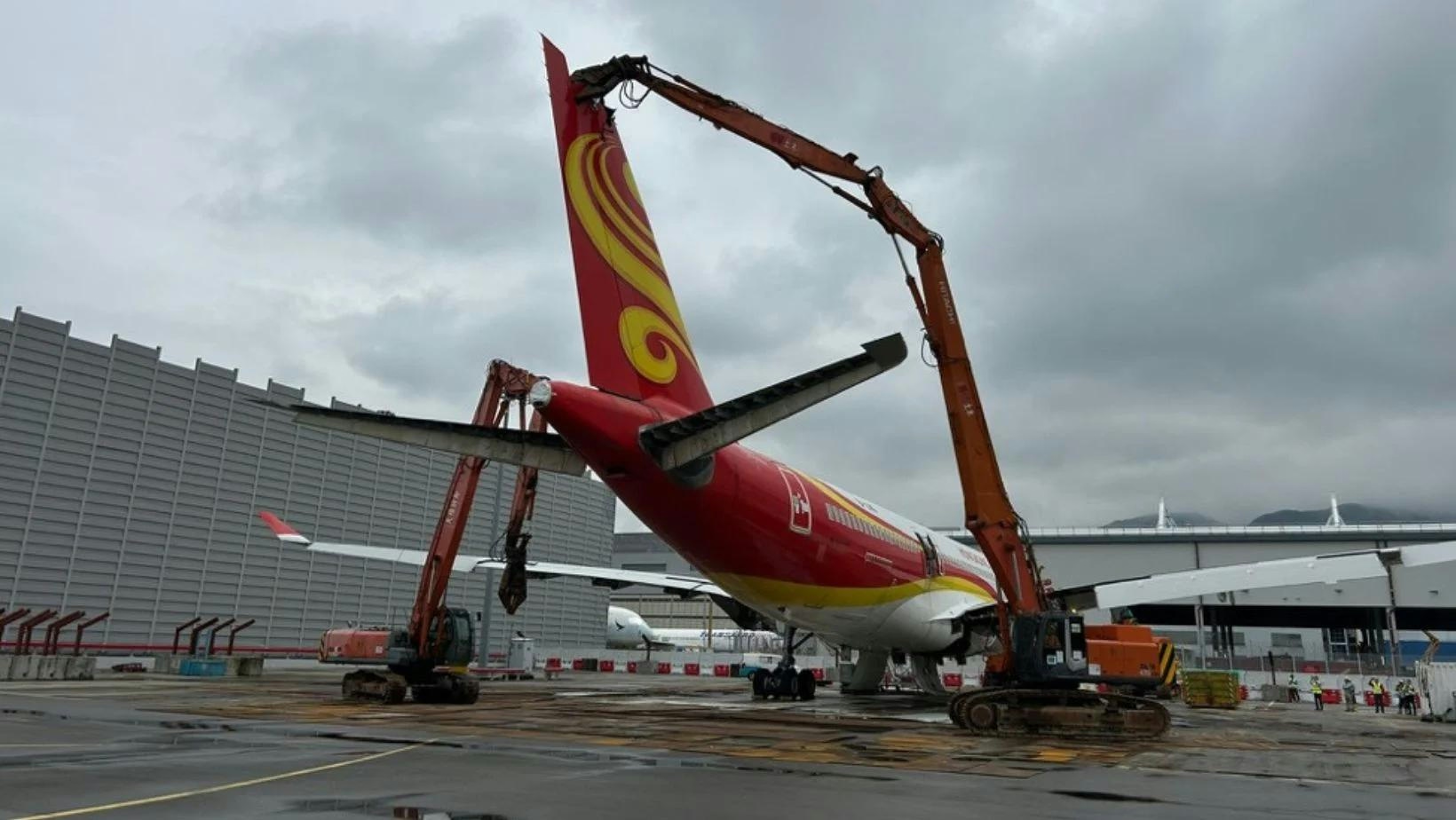
Smarter email, faster business.
Trending
COMAC Advances on Multiple Fronts
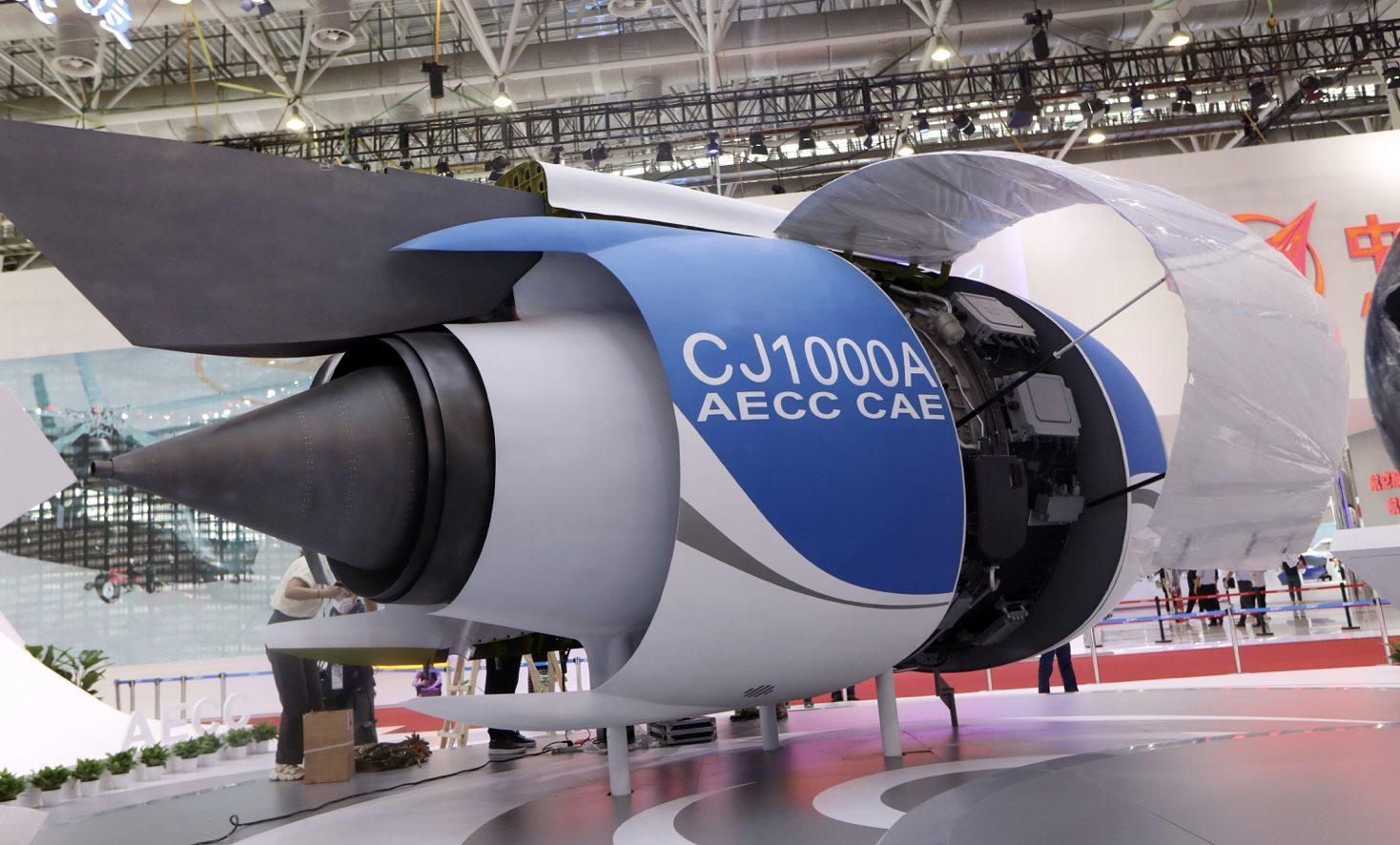
COMAC Advances on Multiple Fronts
China’s state-owned Commercial Aircraft Corporation (COMAC) is intensifying its efforts to establish a stronger foothold in the global aviation industry by pursuing a multifaceted strategic agenda. Central to this initiative is the reduction of dependence on Western suppliers through the development of critical aircraft components domestically. This approach has been largely driven by ongoing US-China trade tensions and the uncertainties surrounding access to essential technologies.
Domestic Engine Development and Supply Chain Independence
A primary focus for COMAC is the C919, its flagship narrow-body jet, which currently depends on the Western-made CFM LEAP-1C engine—one of the largest foreign components on the aircraft. In response to geopolitical pressures and the risk of supply chain disruptions, China has prioritized the advancement of indigenous technologies. The state-backed Aero Engine Corporation of China (AECC) has made notable progress with the CJ-1000A, a domestically developed engine designed to replace the LEAP-1C. The CJ-1000A recently reached a significant milestone by completing flight tests on a four-engine military transport aircraft and is now progressing toward integration and testing on the C919. Certification and entry into service are targeted within the next three years, marking a crucial step toward China’s goal of achieving self-sufficiency in commercial aviation.
Beyond engine development, COMAC is systematically engineering replacements for other Western-sourced components. This comprehensive strategy aims to shield domestic aircraft production from potential trade disruptions by the end of the decade, reinforcing China’s broader ambitions for technological independence in aerospace manufacturing.
Supersonic Ambitions: The C949 Project
Looking further ahead, COMAC has unveiled plans for the C949, a supersonic aircraft concept projected for introduction by 2040. The C949 is designed to exceed the range of the Concorde while minimizing sonic boom effects, potentially revitalizing the market for supersonic travel on transcontinental routes. This vision contrasts with the environmentally focused strategies pursued by Airbus and Boeing, positioning COMAC to offer a distinctive high-speed flagship product for international travel.
While Western competitors such as Boom Supersonic’s Overture are also targeting supersonic flight with market entry anticipated in the late 2030s, these projects face considerable funding and development challenges. In contrast, COMAC benefits from substantial support from the Chinese government, providing the financial and institutional resources necessary to sustain a long-term supersonic development program.
Market and Regulatory Challenges
Despite these technological advances, COMAC confronts significant obstacles in penetrating a market long dominated by Boeing and Airbus. Regulatory hurdles, certification complexities, and geopolitical tensions—particularly with the United States—continue to restrict COMAC’s access to advanced technologies and complicate its efforts to compete on a global scale. The company’s immediate priority is to secure a substantial share of the Asian market, but expanding internationally will require overcoming both technical and political barriers.
As China strengthens its aviation technology base and domestic production capabilities, COMAC is positioning itself as a potential third major player in the commercial aircraft market. Although current production volumes remain limited, the company is expected to scale up significantly over the next decade, with ambitions to deliver internationally competitive aircraft by 2035. COMAC’s strategic emphasis on indigenous development and innovation has the potential to reshape global aviation dynamics, challenging the longstanding Airbus-Boeing duopoly and redefining the competitive landscape for years to come.

Yingling Aviation Named Authorized Honeywell Dealer
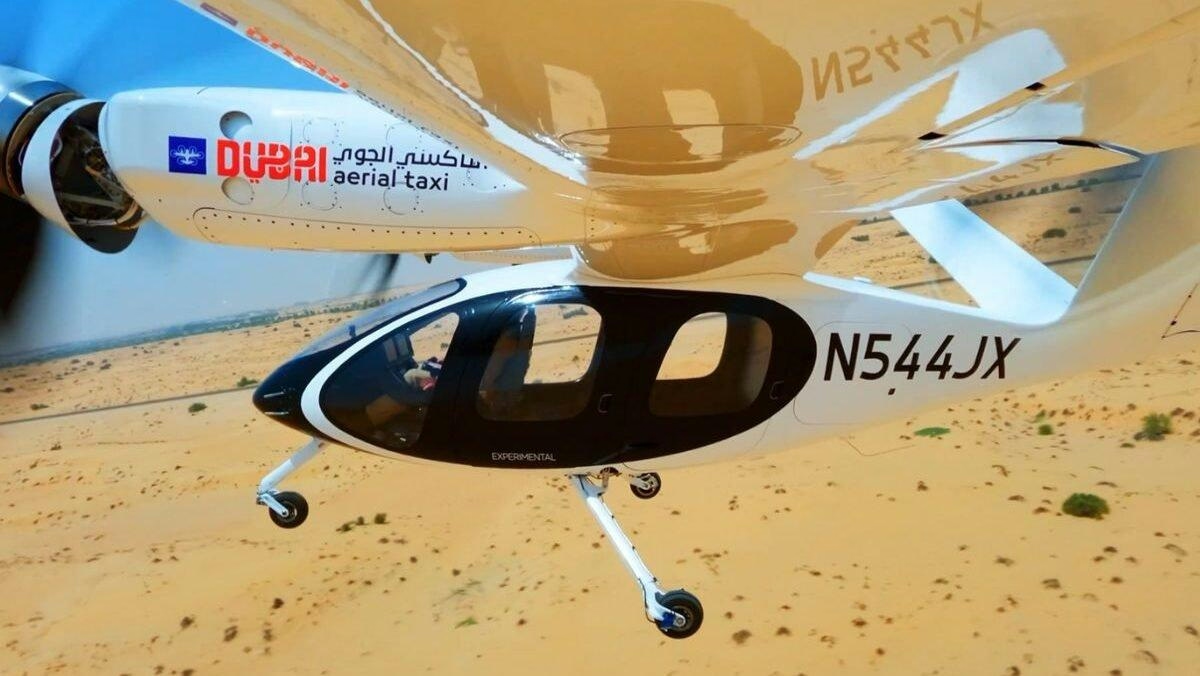
Does Joby Aviation's Milestone in Dubai Point Toward Further Growth?
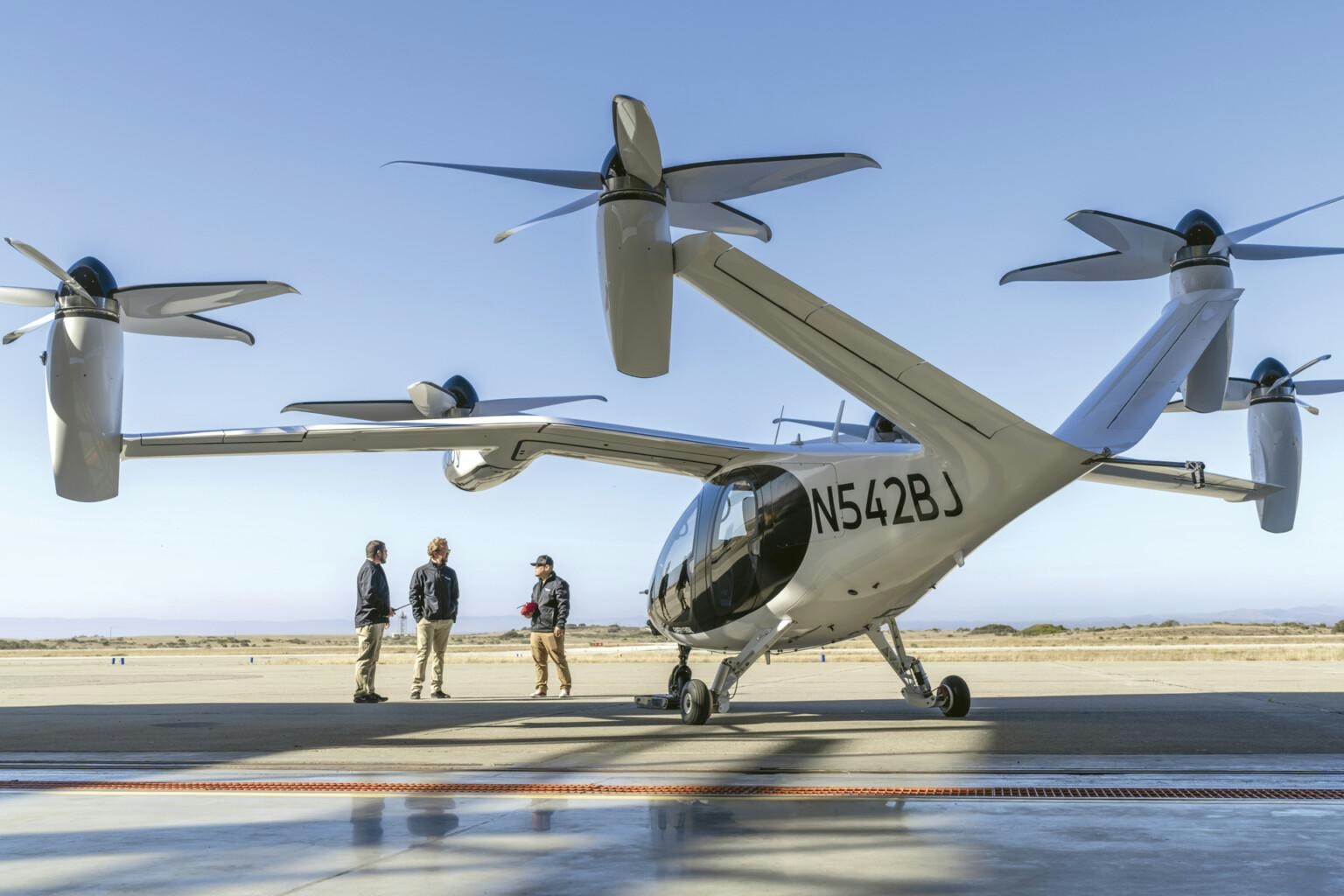
New Invention Promises to Eliminate Airplane Emissions in Country
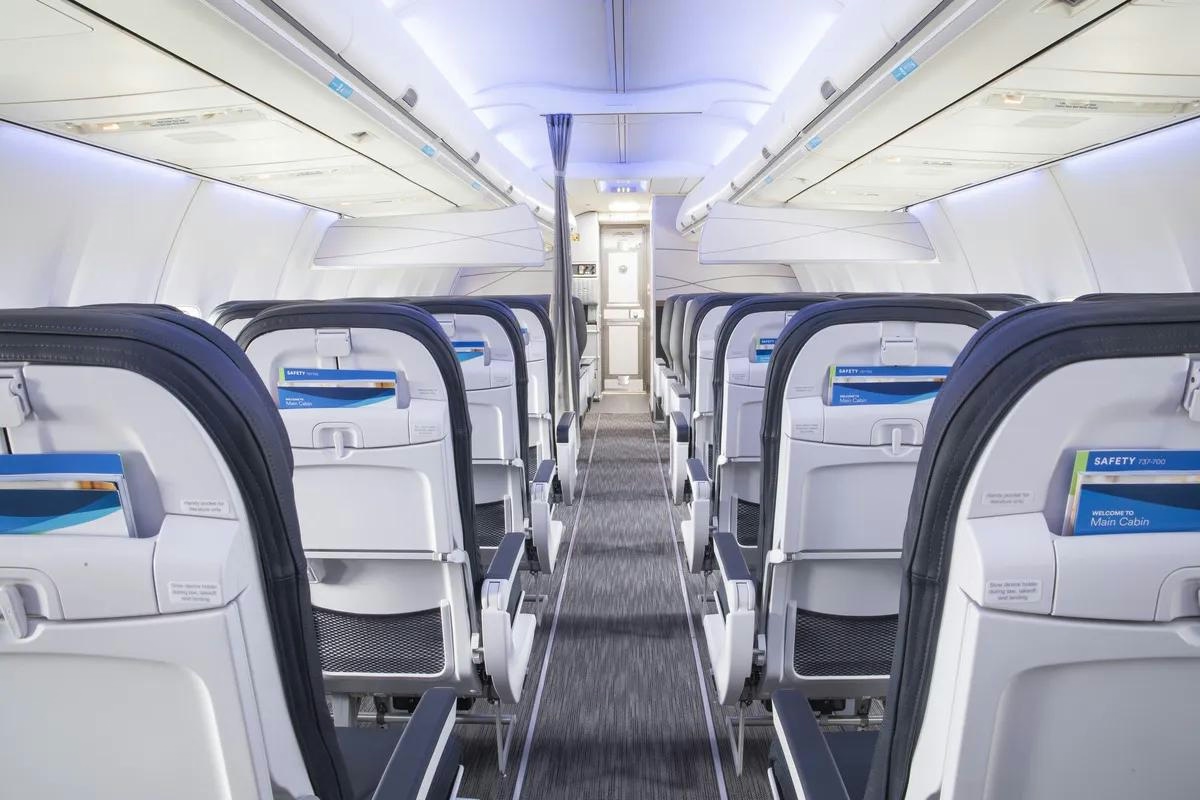
Key Questions on Chinese Travel, AI, and Airlines Answered by Skift
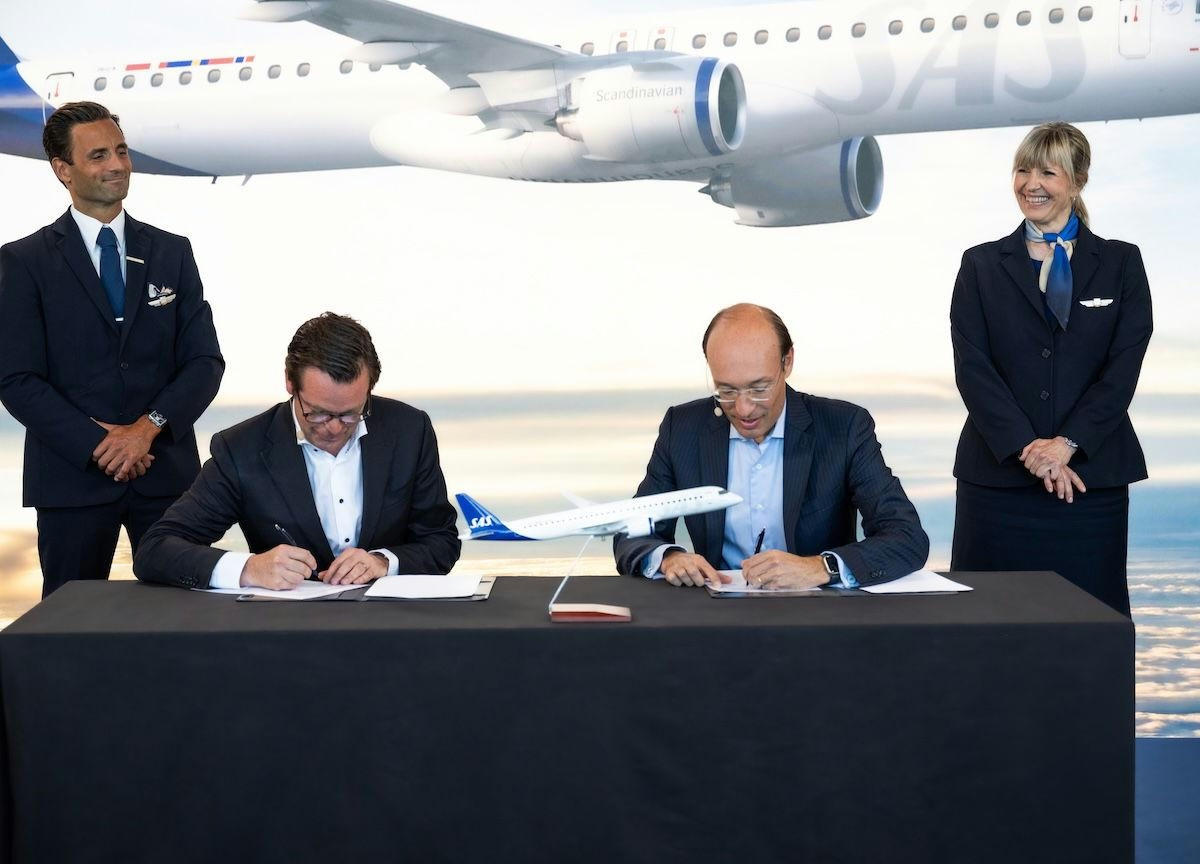
SAS Orders Up to 55 Embraer E195-E2 Jets
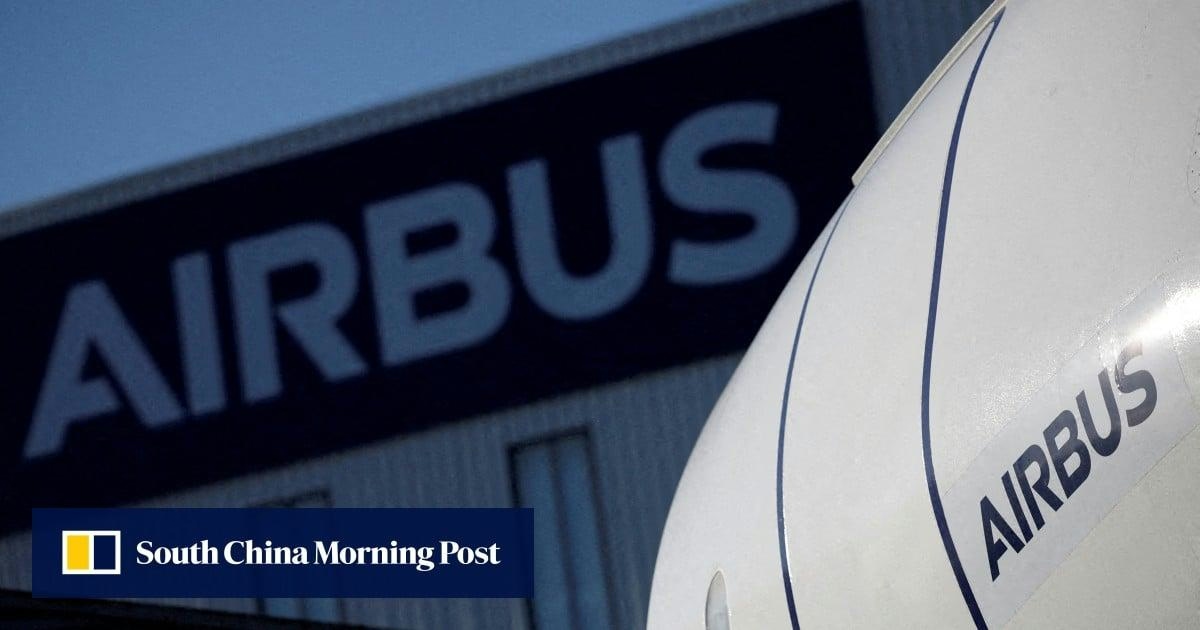
China edges closer to Airbus mega-deal, leaving Boeing out in the cold: analysts
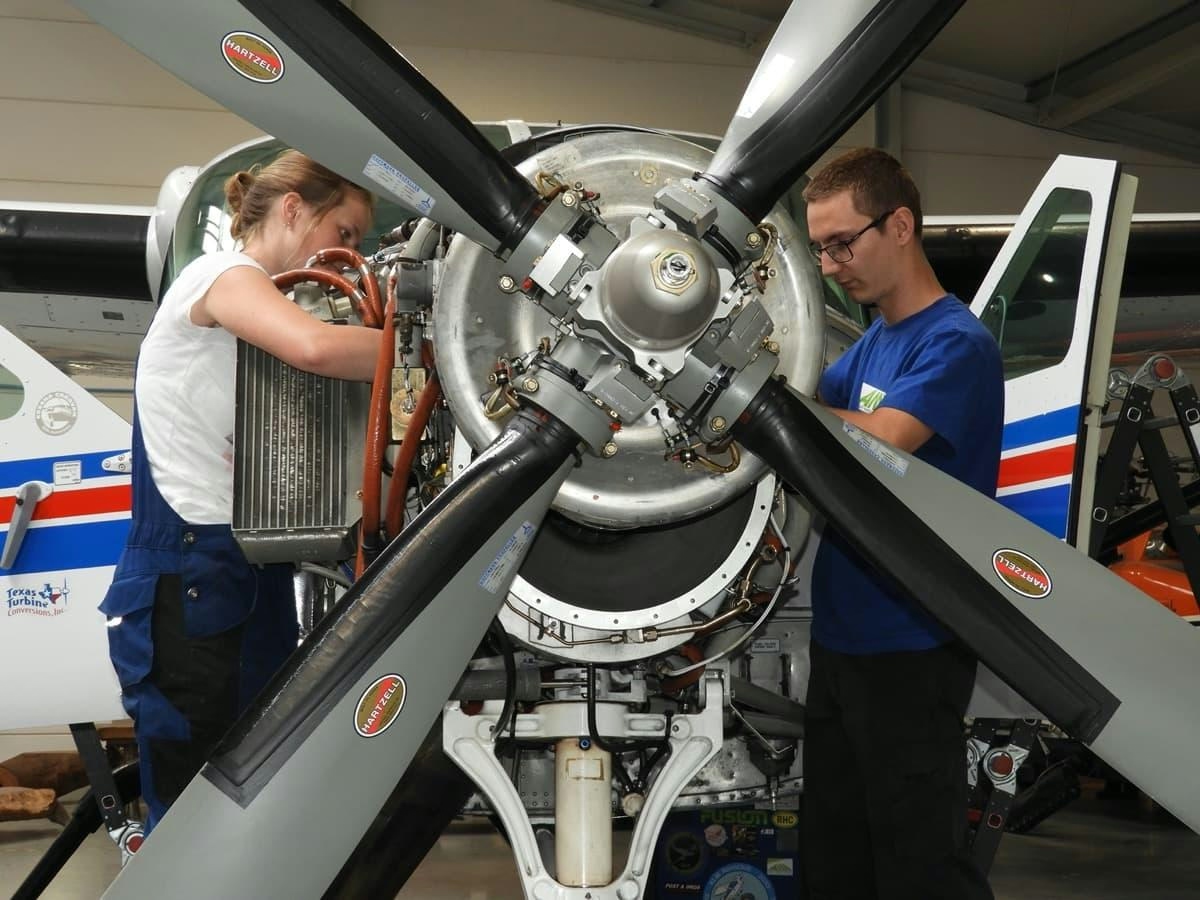
Rano Air Collaborates with Aviation Authorities to Investigate In-Flight Engine Malfunction

Portugal Hosts Aviation Pioneers at World Aviation Festival in Lisbon

World Star Aviation Backs XMAL’s First Lease Deal with easyJet
